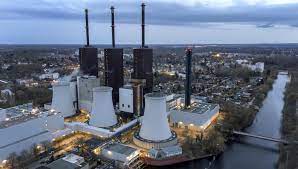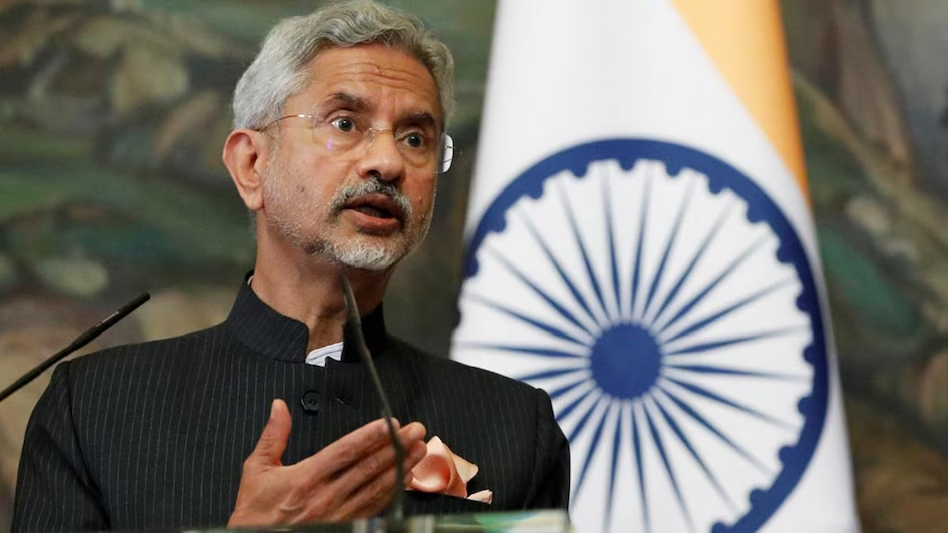LONDON: Europe was already grappling with an energy crisis before the Nord Stream 1 (gas) pipeline from Russia to Germany was shut down due to routine maintenance. However, there were indications that at least some gas is likely to flow from Thursday. But till now there is confusion about its launch and government officials were hanging in the balance about whether this important pipeline would start in time or not. He says Russian President Vladimir Putin is using the energy for political gains in his confrontation with the European Union over Ukraine.
Russia has already reduced the flow of natural gas to Europe. This gas is used to power factories, generate electricity and heat homes in winter. Putin warned that he could continue to reduce it. The reduction of 60 percent was started even before maintenance in the gas sent through Nord Stream 1. Even if the pipeline restarts with reduced levels, Europe will struggle to keep homes warm and industries running in winter. Important things you need to know about the energy crisis
Has Russia stopped gas going to Europe?
Russia has substantially reduced supplies. Even before the invasion of Ukraine, Russia was not selling gas in the short-term spot-market. When the European Union imposed harsh sanctions on Russian banks and companies and started sending weapons to Ukraine. So Russia stopped giving gas to six member countries. Simultaneously reduced supply to 6 more countries. In Germany, the largest economy in the European Union, flows were cut back to two-thirds via Nord Stream 1. Russia alleges that a part was sent to Canada for maintenance, which did not return due to the embargo. European leaders dismissed the allegation, calling the ban a political gimmick of Putin.
Because of this, 27 members of the European Union are scrambling for gas storage for the coming winter. This is the time when companies take gas from their storage and use it to run power plants and heat homes. The EU now aims to use less gas to maintain storage for the winter. Currently, Europe’s gas storage is only 65 percent full, while the target is to keep it 80 percent by November 1.
Why is Russia’s natural gas so important?
Before the war, Russia used to supply natural gas to Europe. In which there has been a decline of up to 15 percent, due to which the prices are touching the sky and industries are also being affected. Gas is used in many such works, which people generally do not know about. For example, to use steel to make cars, to make glass bottles, to pasteurize milk and cheese.
Companies have warned that energy sources such as fuel oil or electricity to generate heat cannot be changed overnight. In many cases, equipment that contains molten metal or glass is completely damaged as soon as the heat is removed. Rising energy prices have already caused a recession in Europe. Consumers have less to spend for food, fuel and other uses. In such a situation, a complete cut-off of gas can give a huge blow to the economy.
What is Nord Stream 1 Pipeline
It is the largest gas pipeline going to Europe, running from Russia into Germany’s Baltic Sea and Germany is a major source of Russian gas. The head of Germany’s network regulator, Klaus Müller, tweeted that Russian-owned Gazprom on Thursday notified plans to deliver approximately 530 gigawatt-hours of gas via Nord Stream 1 – about 30 percent of the pipeline’s capacity and 800 GWh which was notified earlier. He said, “More changes are possible in the future. On days when the pipeline is maintained, the gas supply is around 700 GWh per day.
Analysts at Rystad Energy say that if Nord Stream 1 remains dormant like this, Europe will only be able to reach 65 percent of its capacity, posing the risk of running out of gas during the winter season. Apart from this, three more pipelines transport Russian gas to Europe, but one through Poland and the other through Belarus is closed. Apart from this, pipelines coming through Ukraine and Slovakia are also being supplied with small quantities of gas due to the war. The same is the case with the pipeline going to Bulgaria via Turkey.
what is putin’s trick
According to the International Energy Agency, even though Russia’s oil and gas exporters are selling less energy, the price hike clearly shows that Putin’s earnings have actually increased. Since the invasion of Ukraine, Russia’s revenue from oil and gas exports to Europe has doubled from the average in recent years to $95 billion, the Paris-based IEA says.
The surprising thing here is that Russia has achieved in just five months as much revenue as it generates by supplying gas throughout the winter. That’s why Putin has the cash and can probably calculate that an energy slowdown and rising bills on essential goods could undermine public support for Ukraine in Europe.
 Indian Thought Latest News & Views
Indian Thought Latest News & Views



